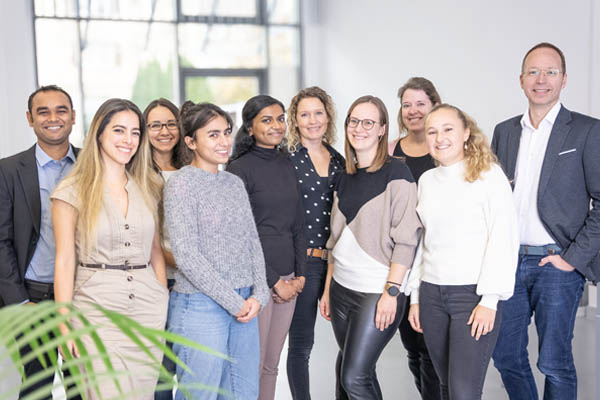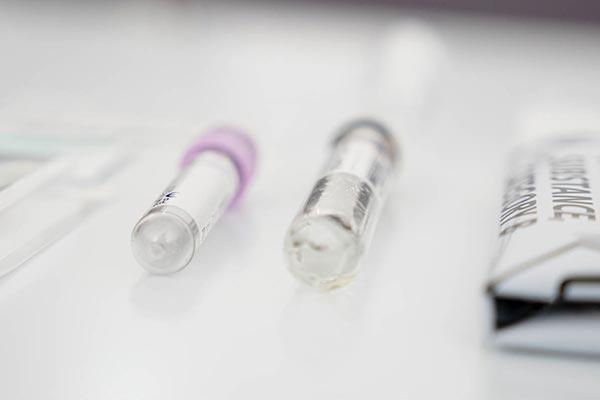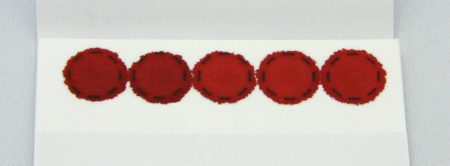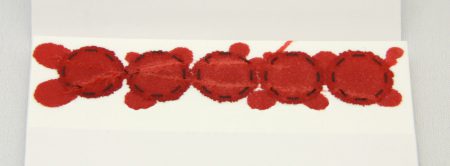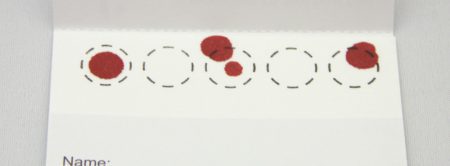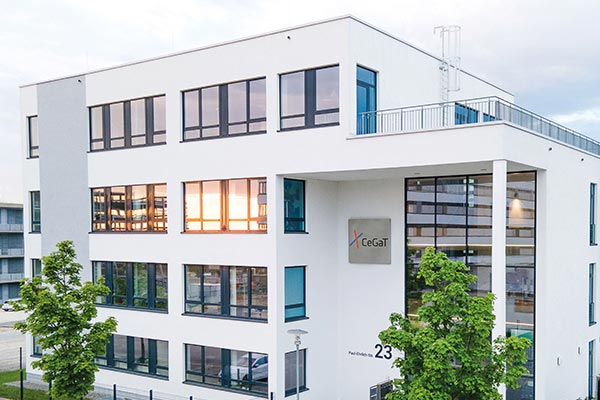In the following, you will learn which sample materials we require for the laboratory analysis of your ordered genetic diagnostics and how you can easily and safely send your sample to us. If you have any further questions about sample materials or sample shipment, please do not hesitate to contact us. We will be happy to advise you personally and individually!
Are you insured in Germany? Our colleagues at the Zentrum für Humangenetik Tübingen will gladly support you!
Process
Commissioning of Genetic Diagnostics
First, select the diagnostic strategy that is right for your patient. We will be happy to advise and support you in this process. Simply call us at +49 7071 565 44 55 or contact us by mail at diagnostic-support@cegat.de.
Afterward, perform genetic counseling and fill out the consent form together with your patient. Patients with private insurance or orders from foreign countries need an agreement to cover costs or the information that they need a quotation before.
Collect the sample required for genetic analysis and send it together with the completed and signed order form to CeGaT GmbH (Paul-Ehrlich-Strasse 23, D-72076 Tübingen). We will also gladly send you sample shipping boxes to safely transport your sample. This service can be requested here and is free of charge for you.
Required Sample Material
The sampling for human genetic diagnostics doesn’t require any special preparation for the patient. Therefor it can be done at any time of day.
Always include fully completed order forms with all samples so that sample analysis can be performed quickly. In particular, the consent form signed by the patient (or relatives and family members) and the physician’s signature on the order form are essential.
In the case of incomplete order forms, missing physician’s signature and information on the submitter, missing referral forms, and unclarified cost coverage, processing will be delayed until all required documents have been received.
Aside from missing documents, other incidents that can cause a delay in the process or put a stop to it entirely, are unlabeled samples, expired sample tubes, coagulated blood samples, samples that are too old or too small, damaged or have leaked.
Of course, you can also use other sample types for genetic analysis. Please get in touch with us in case of other sample types or general questions regarding sample materials.
Possible Sample Types for Germline Diagnostics
EDTA Blood* | Isolated DNA | DBS Cards | |
Required sample material | 1 ml - 2 ml EDTA blood | 1 µg -2 µg DNA | Two DBS cards per patient (total of ten spots) |
Transport requirements | The sample can be shipped at room temperature. | The sample can be shipped at room temperature. | The sample can be shipped at room temperature. |
Sample Shipment | The sample should arrive at the laboratory within fourteen days. | Not time sensitive. | Not time sensitive. |
Note | If blood collection is done late in the evening, it is possible to store the blood samples in the refrigerator (or at room temperature; do not freeze) overnight and ship the next day. Samples should not be exposed to direct sunlight. | If possible, please indicate the measured concentration as well as the substance in which the DNA is dissolved (e.g., water, EB buffer). |
*Recommended sample type
How to Use DBS Cards
For easy sample shipment of blood cards, please follow these instructions.
Possible Sample Types for Tumor Diagnostics
FFPE Tumor Tissue* | Isolated Tumor DNA | Liquid Biopsy (cfDNA) | |
Required sample material | Tumor content of at least 20% FFPE tumor block: 5x5x5 mm or FFPE slides with tumor tissue: Ten unstained tissue sections, tissue size: 5×5 mm, 4-10 µm | 200 ng tumor DNA, tumor content of at least 20%. | Tumor content for CancerDetect® at least 1% Tumor content for CancerPrecision® at least 20% 3×10 ml cfDNA tubes (e. g. STRECK tubes) |
Transport requirements | The sample can be shipped at room temperature. | The sample can be shipped at room temperature. | The sample can be shipped at room temperature. Please note: the sample must not be frozen (gDNA contamination). |
Sample shipment | Not time sensitive. | Not time sensitive. | The sample should be delivered to our in-house laboratory within 7 days. |
Note | If possible, please include the correspoding histopathology report and H&E staining slide. | If possible, please indicate the measured concentration as well as the substance in which the DNA is dissolved (e.g., water, EB buffer). |
*Recommended sample type
Sample Shipment
Please check that all information is complete before sending your sample:
- Labeled patient sample (name and date of birth)
- Signed and completed order form
- Patient’s name
- Submitting physician
- Invoice recipient
- Requested analysis
- Clinical and family history
Lab Address
CeGaT GmbH
Paul-Ehrlich-Straße 23
D-72076 Tübingen
Germany
Sample shipment by mail is possible daily. Special forms of shipment (e.g., express) are not necessary. Please note the correct declaration as “Biological sample of category B” or UN3373 marking of the shipment, if required by your sample type (e. g., EDTA blood, saliva sample).
Order Sample Collection Kits
Order your required shipping material free of charge.
Downloads
Contact Us
Do you have a question, or are you interested in our service?
Diagnostic Support
We will assist you in selecting the diagnostic strategy – for each patient.
